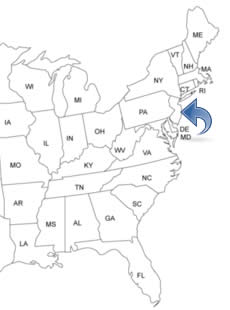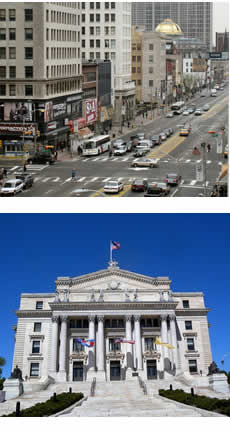NEW JERSEY PEOPLE SEARCH!
- ✔ Contact Info
- ✔ Phone Numbers
- ✔ Criminal Records
- ✔ Income Info
- ✔ Neighbors
- ✔ People's Age
- ✔ Property Ownership
- ✔ And Much More
Newark, New Jersey
Newark is located in the north-eastern part and is the largest city in the U.S. State of New Jersey. The Brick City. The Gateway City. Newark is a major air, shipping, and rail hub. The city has dozens of museums and art galleries and is home to several universities. In 2008, over 90% of Newark's population voted for Barack Obama. Time magazine has ranked Newark The Most Dangerous City in the Nation but the city is a little bit safer now than it was a few years ago. But Newark is also ranked in the top 10 on Inc Magazine's list of the Best Cities for Doing Business in America.
To See And To Do In Newark
- Thomas Edison National Historical Park
- Branch Brook Park
- Newark Museum
- The Art Gallery
- The Weequahic Golf Course
- Aljira - A Center For Contemporary Art
- Sports Events At The Prudential Center (NBA, NHL, WNBA)
- City Without Walls
- Cathedral Basilica Of The Sacred Heart
- First Presbyterian Church
- Newark's Four Corners (Broad And Market Street)
History Of Newark - Timeline
In 1609, explorers came to the area. In 1666, Newark was founded by English Protestants led by Robert Treat. They established a colony with strict church rules. In 1670, the first hotel opened. In 1746, the First Episcopal Church was completed.
In 1804, the Newark Banking and Insurance Company opened. In 1815, Seth Boyden, a watchmaker from Foxboro, Massachusetts, came to Newark and began a torrent of improvements to leather manufacture, culminating in the process for making patent leather. In 1820, due to the industrial boom, many people from Europe came to work in the city.
In 1831, the Morris Canal was completed in Newark, mostly thanks to the Irish immigrants. In 1834, the railroad was completed. In 1836, Newark was incorporated as a city. In 1837, there were 155 patent leather manufacturers in the city. In 1863, draft riots occurred in Newark.
In 1870, the American inventor and businessman Thomas Edison moved to Newark and begun his career as an inventor. In 1872, John W. Hyatt developed celluloid for camera film and he went into the business with his brothers. In 1898, Hannibal Goodwin of Newark received a patent for a rollable film for movies.
In 1928, the Newark Airport opened. In 1935, the gangster Dutch Schultz was killed at the local Palace Bar. The same year the Newark City Subway opened.
In 1967, a taxi driver was beaten by police after resisting arrest. The people in Newark believed the taxi driver had died and the riot after that killed 26 people and injured 1500. In 1994-95, the Newark based professional ice hockey team, New Jersey Devils, won the Stanley Cup for the first time. In 1997, the New Jersey Performing Arts Center opened.

